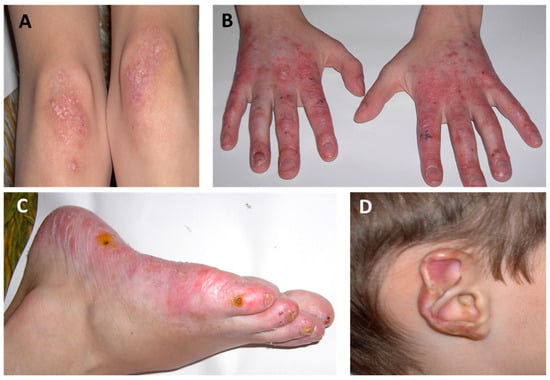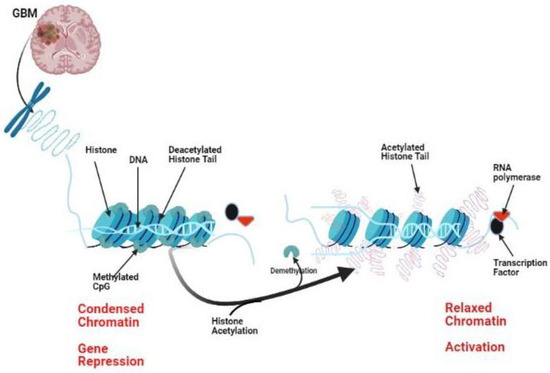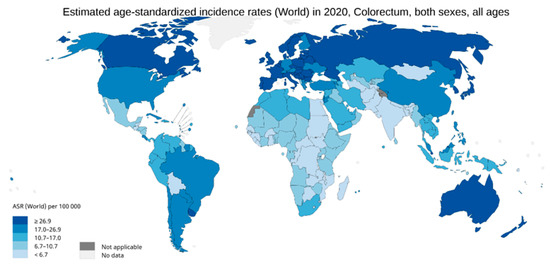Feature Papers in Journal of Molecular Pathology
A topical collection in Journal of Molecular Pathology (ISSN 2673-5261).
Viewed by 50969Editors
Interests: molecular cytopathology; lung cancer; cytopathology; next-generation sequencing; thyroid neoplasms; liquid biopsy; immunotherapy
Special Issues, Collections and Topics in MDPI journals
Interests: molecular pathology; predictive molecular pathology in solid tumors; next-generation sequencing; liquid biopsies; biomarkers; target therapies; immunotherapy
Special Issues, Collections and Topics in MDPI journals
Topical Collection Information
Dear Colleagues,
This Topical Collection “Feature Papers in Journal of Molecular Pathology” aims to collect high-quality research articles, review articles, and communications in all the fields of molecular pathology research and routine practice application. Since the aim of this Topical Collection is to illustrate, through selected works, frontier research in molecular pathology, we encourage Editorial Board Members of Journal of Molecular Pathology to contribute papers reflecting the latest progress in their research field, and welcome relevant experts and colleagues to do so as well. Please kindly note that only invited papers can be published online once accepted in this collection.
Topics include, but are not limited to, the following:
- Technological advances in the field of genomics, proteomics, and metabolomics.
- Predictive and prognostic biomarkers;
- Translational studies involving the adoption of novel approaches;
- Novel sources of tumoral nucleic acids (liquid biopsies).
Prof. Dr. Giancarlo Troncone
Dr. Pasquale Pisapia
Guest Editors
Manuscript Submission Information
Manuscripts should be submitted online at www.mdpi.com by registering and logging in to this website. Once you are registered, click here to go to the submission form. Manuscripts can be submitted until the deadline. All submissions that pass pre-check are peer-reviewed. Accepted papers will be published continuously in the journal (as soon as accepted) and will be listed together on the collection website. Research articles, review articles as well as short communications are invited. For planned papers, a title and short abstract (about 250 words) can be sent to the Editorial Office for assessment.
Submitted manuscripts should not have been published previously, nor be under consideration for publication elsewhere (except conference proceedings papers). All manuscripts are thoroughly refereed through a single-blind peer-review process. A guide for authors and other relevant information for submission of manuscripts is available on the Instructions for Authors page. Journal of Molecular Pathology is an international peer-reviewed open access quarterly journal published by MDPI.
Please visit the Instructions for Authors page before submitting a manuscript. The Article Processing Charge (APC) for publication in this open access journal is 1000 CHF (Swiss Francs). Submitted papers should be well formatted and use good English. Authors may use MDPI's English editing service prior to publication or during author revisions.
Keywords
- predictive biomarkers
- prognostic biomarkers
- next generation technologies
- molecular pathology
- target therapies
- liquid biopsies
- immunotherapy
- tissue-based analysis
- solid tumors
- molecular techniques

















